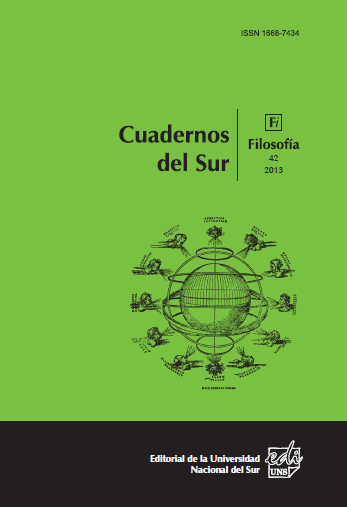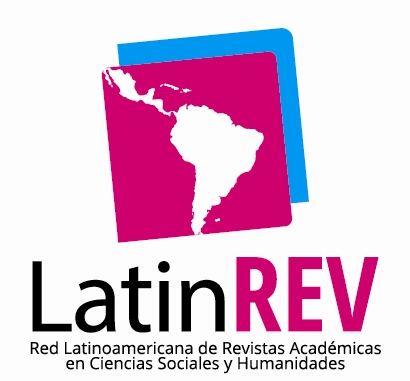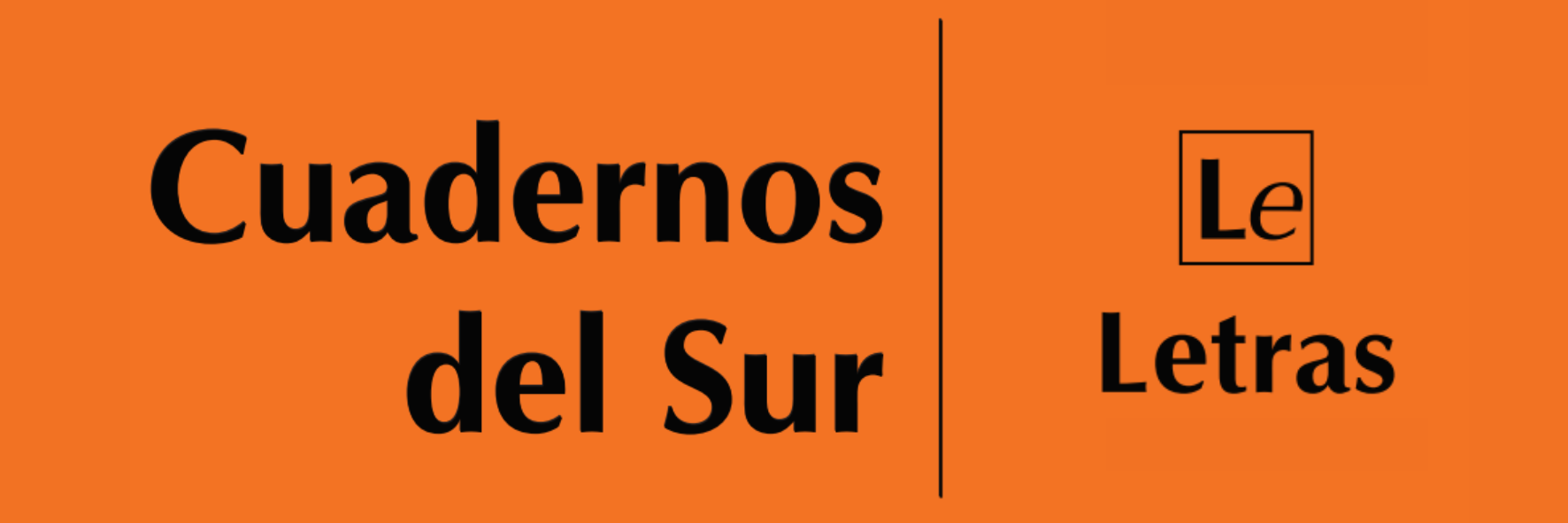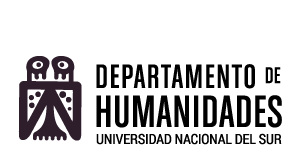La puesta en escena del espíritu. Sujeto del devenir en Bergson
Keywords:
Subject of becoming, Durée, BergsonAbstract
To reconstruct the notion of subject in Bergson’s philosophy, we will fi rst develop the concept of time as qualitative duration (durée) and not from the point of view of space, that is to say, from a quantitative point of view. How to access to the aforementioned duration that is the tissue itself of the reality? Through the philosophical intuition that is possible because of the synergy between instinct and intelligence. This will be the second step of this investigation. Thirdly, we will develop the concept of élan vital as an explosive force that crosses everything alive. After that, the body as a result of the introduction of élan vital in the matter. In this instance, the free movements of élan vital are ordered from structures and sensomotor centers that regulate the activity. The subject reaches cross-roads: on the one hand, movement like an impulse without any purpose, on the other, limitation and habit that lead him to automatism putting his freedom at risk. These sides compose the subject of becoming in Bergson’s philosophy.
Downloads
References
Deleuze, Gilles (1984), La imagen-movimiento. Estudios sobre cine I, Barcelona, Paidós.
----- (1987), El bergsonismo, Madrid, Cátedra.
----- (2005), La isla desierta y otros textos, Valencia, Pre-textos.
Lapoujade, David (2011), Potencias del tiempo. Versiones de Bergson, Buenos Aires, Cactus.
Merleau-Ponty, Maurice (1964), Signos, Barcelona, Seix Barral, S.A.
Péguy, Charles (1946). Nota conjunta sobre Descartes y la filosofía cartesiana. Seguida de una nota sobre Bergson y la filosofía bergsoniana, Buenos Aires, Emecé.
Yankélévitch, Vladimir (1962), Bergson, Xalapa, Universidad Veracruzana.
Downloads
How to Cite
Issue
Section
License
Copyright (c) 2013 Facundo Sebastián Jorge

This work is licensed under a Creative Commons Attribution-NonCommercial 4.0 International License.
Aquellos autores/as que tengan publicaciones con esta revista, aceptan los términos siguientes:- Los autores/as conservarán sus derechos de autor y garantizarán a la revista el derecho de primera publicación de su obra, el cuál estará simultáneamente sujeto a la licencia Atribución-No Comercial 4.0 Internacional CC BY-NC 4.0.
- Los autores/as podrán adoptar otros acuerdos de licencia no exclusiva de distribución de la versión de la obra publicada (p. ej.: depositarla en un archivo telemático institucional o publicarla en un volumen monográfico) siempre que se indique la publicación inicial en esta revista.
- Se permite y recomienda a los autores/as difundir su obra a través de Internet (p. ej.: en archivos telemáticos institucionales o en su página web) una vez publicado su trabajo, lo cual puede producir intercambios interesantes y aumentar las citas de la obra publicada. (Véase El efecto del acceso abierto).














